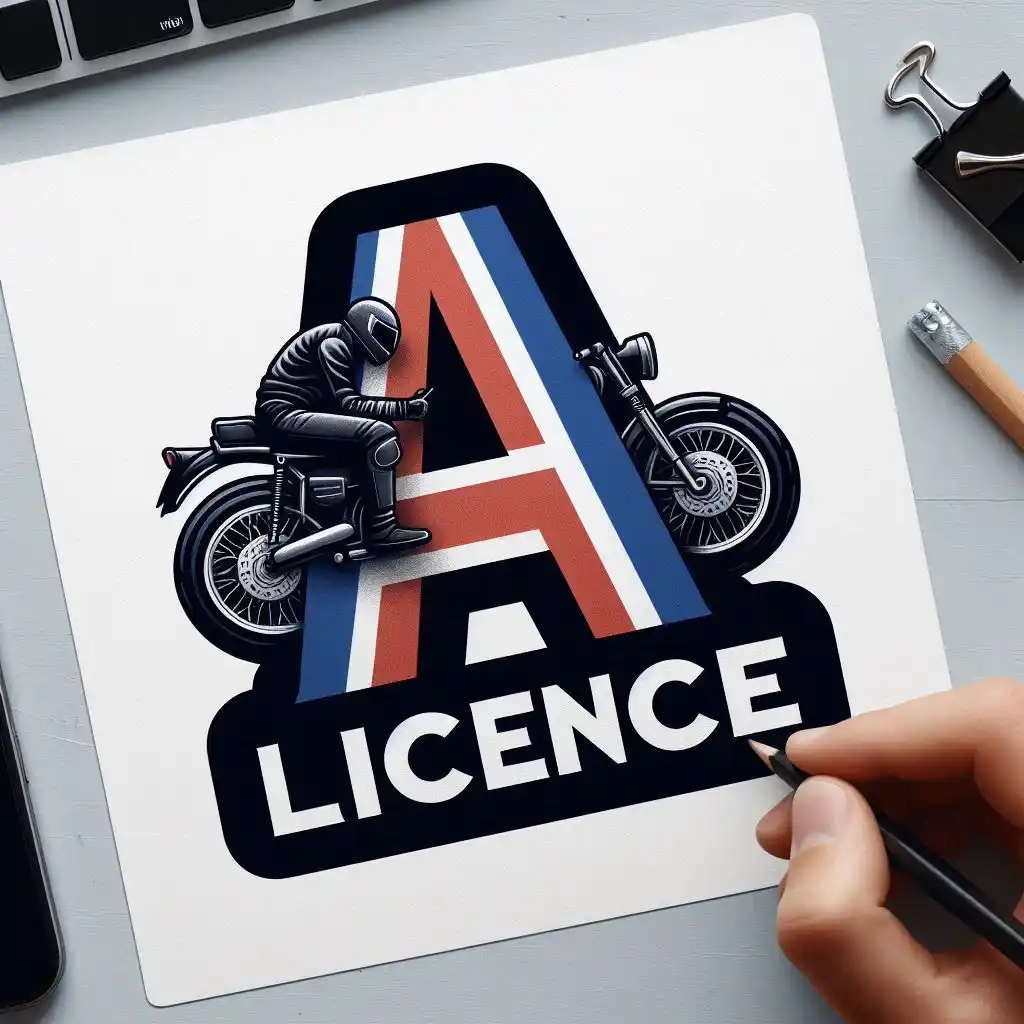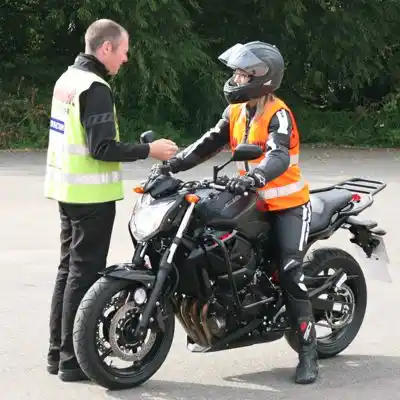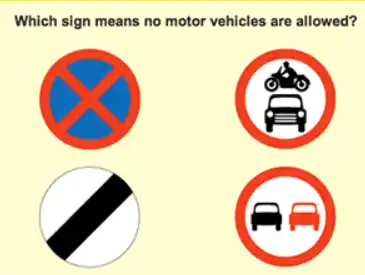The full 'A' Category Motorcycle Licence Explained

The full A category motorcycle licence is a significant achievement for riders. It allows you to ride any motorcycle without restrictions on engine size or power output.
Gaining this licence opens up a world of riding opportunities. You'll be able to handle powerful bikes that were previously beyond reach.
To pursue a category A motorcycle licence, you must meet certain criteria. The minimum age is 24 years. Alternatively, you can qualify at 21 through progressive access.
Progressive access involves holding an A2 licence for two years. This pathway allows for a gradual increase in riding experience.
Here's a quick overview of what you need to qualify for a category A motorcycle licence:
- Be at least 24 years old or 21 through progressive access
- Complete the Compulsory Basic Training (CBT)
- Pass the motorcycle theory test
- Successfully finish the two-part practical test
Obtaining this licence requires dedication and practice. But once you meet all the requirements, the freedom of the open road awaits.
Eligibility and Requirements for the A Category Licence
Gaining a category A motorcycle licence involves meeting several specific requirements. The process ensures only prepared riders access powerful motorcycles.
First, age is a primary factor in eligibility. You must be at least 24 years old to qualify directly. However, riders can start at 21 through the progressive access route.

Progressive access requires holding an A2 licence for two years. This pathway provides necessary experience before moving to higher-powered motorcycles.
In addition to age and experience, training is crucial. Completing Compulsory Basic Training (CBT) is the initial step. This foundational course equips you with essential riding skills.
Next, the theory test forms a significant part of the process. This assessment includes hazard perception and multiple-choice questions. A thorough understanding of road rules is vital.
Finally, the practical motorcycle test comprises two modules. Both modules require passing to achieve a full A category motorcycle licence.
Here's a summary checklist for eligibility and requirements:
- Minimum age of 24 years or 21 with progressive access
- Completion of CBT
- Passing the motorcycle theory test
- Successful completion of the practical test's two modules
Meeting these requirements is essential for ensuring your readiness for unrestricted riding.
A full category A licence grants the most privileges. It allows riding any motorcycle, making it the ultimate goal for many riders. Understanding this progression helps plan your training path effectively. It also assists in setting clear milestones to achieve full freedom on the road.
Starting with Compulsory Basic Training (CBT)
The journey to obtaining a motorcycle licence begins with Compulsory Basic Training (CBT). It serves as the foundation of motorcycle education. This course is essential for all new riders in the UK.
CBT ensures you learn the fundamentals of motorcycle control and safety. It's not a test, but a training session. The aim is to prepare you for road riding and highlight essential skills and precautions.
Completing CBT grants you a certificate valid for two years. This certificate allows you to ride with L plates, offering essential practice time. As it's a crucial step, selecting a reputable training center improves your learning experience.
The Motorcycle Theory Test: What to Expect

After completing your CBT, the next step is the motorcycle theory test. This test evaluates your understanding of highway codes and traffic signs. It's a critical component before moving on to practical riding tests.
The theory test is divided into two parts: multiple-choice questions and hazard perception. You'll need to pass both sections to succeed. Understanding road safety concepts is vital.
Preparing thoroughly is key to passing on your first attempt. Many resources are available, including official DVSA study materials and online practice tests. We also have a set of free resources here. Familiarizing yourself with these resources will boost your confidence and readiness.
Practical Motorcycle Test: Module 1 and Module 2 Explained
The practical motorcycle test is conducted in two modules. Each assesses different aspects of your riding skills and understanding. Completing both modules is necessary for earning a full A category motorcycle licence.
Module 1 focuses on off-road manoeuvers. You'll perform tasks such as controlled stops, figure-of-eights, and U-turns. It's essential to demonstrate precise control and safe handling in a controlled environment.
Module 2 assesses your on-road riding abilities. It includes real-world scenarios where you'll navigate traffic, respond to road signs, and display hazard awareness. This module is a practical evaluation of your ability to ride safely on public roads.
Both modules require thorough preparation. Consider investing time in practice sessions with a qualified instructor. They can offer guidance and simulate test conditions.
Remember, passing these tests is about skill and mindset. Stay calm and focused, ensuring you meet the safety standards expected by the DVSA.
Conclusion: Commitment to Safety and Preparedness
Achieving a category A motorcycle licence marks a significant milestone. It requires dedication to understanding rules and practicing safe riding.
Always prioritize safety, choose the right gear, and keep learning. This commitment ensures not just compliance, but a lifelong journey of enjoyable and safe riding.